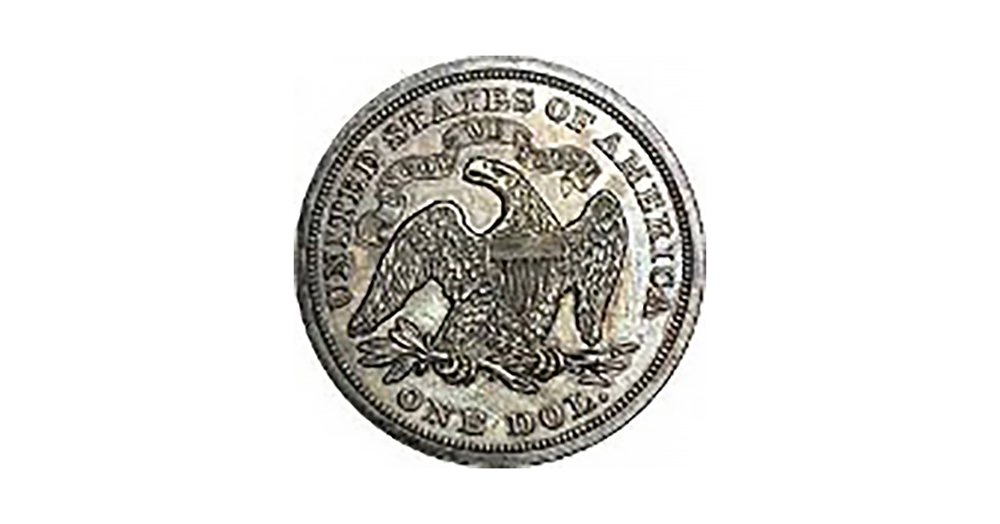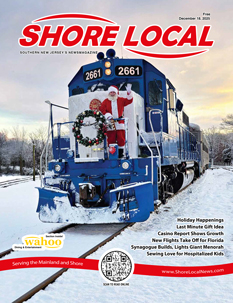An interesting note about our early coinage is that in the first years our mint started striking coins, not all coins had the notation on the coin as to its value.
The United States Mint was created by Congress in 1792. The first minted coins were struck in 1793 and were only half-cent and one-cent coins. The one-cent coin was almost the size of the current half-dollar, made of pure copper. The half-cent was the size of a quarter and made of pure copper as well. These coins, while undergoing design changes periodically, continued until 1857, when the half-cent was dropped altogether, and the one-cent coin was drastically reduced in size to almost what we use today. During the entire production, which in both cases coins were not struck every year, the words “HALF CENT” and “ONE CENT” appeared on the reverse of the coins.
In 1794, the mint expanded production to include the half-dime (5 cents), the half-dollar and the one-dollar coins. This starts with the question about denomination. The silver half-dime was struck from 1794 until it was totally replaced with the five-cent “nickel” coin in 1874. The first series of half-dimes were minted from 1794 until 1805, but not every year. And these coins had no notation as to their value. A new design of half-dimes was introduced in 1829 and had the notation “5 C.” on the reverse. This continued until 1837 when another new design contained the words “HALF DIME” on the reverse.
The first two years the half-dollar was minted, 1794 and 1795, had no notation as to the value. In 1796 and 1797 the fraction “1/2” was placed on the reverse of the coin. Another new design was created in 1801 and continued until 1807 but dropped any notation as to value. Another design commenced in 1807 through 1836 and included the notation “50 C”. A design from 1836 through 1837 had the words “FIFTY CENTS,” and then another design starting in 1838 had the notation “HALF DOL.”
Silver dollars were first struck in 1794 and through design changes continued until 1803. (There are silver dollars dated 1804, but these are extremely rare and were actually minted between the years 1834-1835 and were meant to be used in presentation proof sets.) During those years, the dollar coins had no notation as to value. No silver dollars were minted for circulation again until 1840, when the new design included the words “ONE DOL.”
The remaining coins, the dime and quarter were first struck in 1796. The dime, from 1796 through 1807, and again dimes were not struck every year and had no notation as to value. The redesign in 1809 had “10 C.” added. Then the new design in 1837 added the words “ONE DIME”.
The quarter was first struck in 1796. No other quarters were struck until 1804. The 1796 design had no notation of value while the 1804 added the notation “25 C.” The 1838 redesign of the quarter added the words “QUAR. DOL.”
When the mint first started producing coins, it was probably assumed everyone one would know the value of the coins because of their size. But as the value of silver increased, it became necessary to reduce the size of the coins, hence the need to note their value as part of the design.
Collecting early American coins from the 1700s and 1800s produces a collection of many interesting designs. Typically, a collector chooses one of each design rather than trying to collect every date. As I mentioned above, not all denominations were struck in every year, due to the fact there already was sufficient coinage available. Most type sets of early American coinage show the different front designs. Expanding the collection to a second coin, showing the reverse and the denomination notation changes, adds interest to the collection.
Douglas Keefe and his wife Linda are owners of Beachcomber Coins and Collectibles in Egg Harbor Township.















